- About us
- Support the Gallery
- Venue hire
- Publications
- Research library
- Organisation chart
- Employment
- Contact us
- Make a booking
- Onsite programs
- Online programs
- School visit information
- Learning resources
- Little Darlings
- Professional learning
Margaret Anderson GM (1915–1995) served with the Australian Army Nursing Service during the Second World War in Singapore. On 11 February 1942, Anderson was evacuated to Australia and boarded an old cargo ship that had hastily been refitted as a hospital ship, Empire Star. Designed to accommodate 20 passengers, the ship held over 2100 people, including Australian, British and Indian nurses as well as British troops and civilian women and children. A day into the trip, the ship was attacked by a Japanese air raid. Accounts differ, but it is estimated that 17 men were killed and 32 were injured. Leaving the safety of the hold and under heavy fire, Anderson sheltered soldiers with her own body and attended to the wounded. For her bravery she was awarded the George Medal. Despite her ordeal, she joined the hospital ship Wanganella in January 1943 and continued to serve for the rest of the war.
In this drawn pastel portrait Napier Waller has presented Anderson in her impeccable nurse's uniform. She looks out beyond the viewer, staring into the distance with a steady and determined gaze. This portrait was one of a series published in The Australasian newspaper, which noted that Anderson 'symbolises the steadfast, efficient spirit of a glorious branch of the services'.
Collection: National Portrait Gallery
Purchased 1999
© Estate of Napier Waller



On one level The Companion talks about the most famous and frontline Australians, but on another it tells us about ourselves.
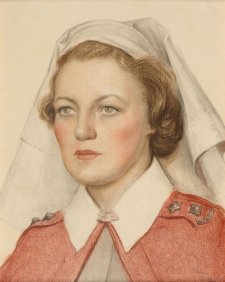
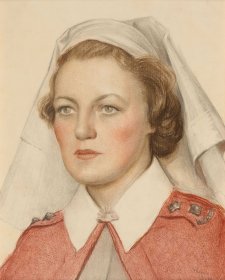
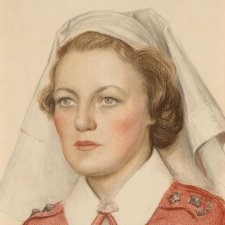
Michelle Fracaro examines the life of World War II nurse Margaret Anderson, whose portrait by Napier Waller is in the NPG collection.
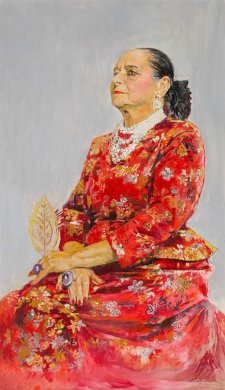
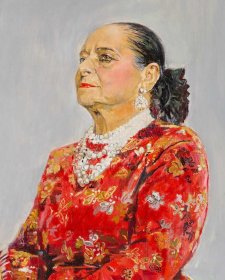
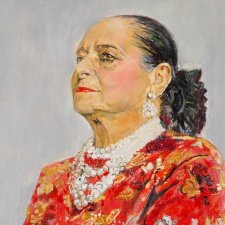
Well behaved women seldom make history, as the saying goes, and the National Portrait Gallery, consequently, is full of awesome Australian women who refused to conform to narrow ideas about their place and their worth.